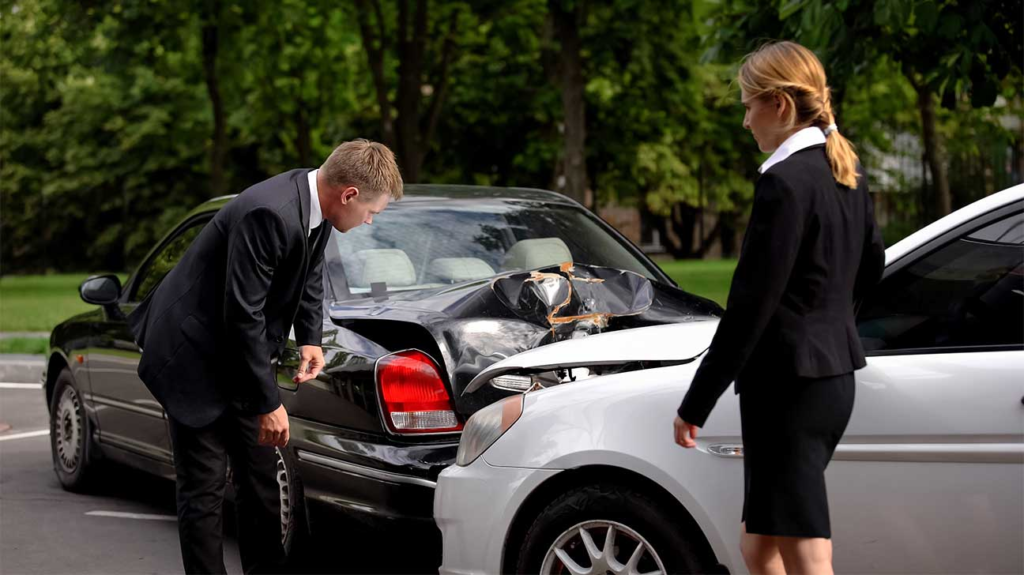Being involved in an accident as an Uber driver can be a stressful experience, especially if you believe you were not at fault. Understanding your rights, responsibilities, and the steps to take afterward is crucial. This article will guide you through the process of handling an accident where you are not at fault, ensuring you protect yourself legally and financially.First, let’s clarify what it means to be “not at fault” in an accident. If another driver’s negligence caused the collision, you may be entitled to compensation for damages, medical expenses, and lost wages. However, the process can be complicated, particularly when rideshare companies like Uber are involved.
- Immediate Steps After the Accident: Ensure everyone’s safety, call 911, and report the accident to the police. Exchange information with the other driver and gather evidence, such as photos and witness statements.
- Reporting to Uber: Notify Uber through the app as soon as possible. They may provide assistance or guidance, but remember that Uber’s insurance might not always cover your losses if you were not at fault.
- Seeking Legal Advice: Consult a personal injury attorney experienced in rideshare accidents. They can help you navigate the claims process and ensure you receive fair compensation.
Uber provides insurance coverage for its drivers, but the extent of coverage depends on your status at the time of the accident. If you were actively transporting a passenger or on your way to pick one up, Uber’s commercial insurance policy may apply. However, if you were not logged into the app or were driving for personal reasons, your personal auto insurance would be primary.
- Determine Fault: The police report and evidence will help establish who was at fault. If the other driver is found liable, their insurance should cover your damages.
- File a Claim: Submit a claim with the at-fault driver’s insurance company. Be prepared for pushback, as insurers often try to minimize payouts.
- Consider a Lawsuit: If negotiations fail, you may need to file a lawsuit to recover your losses. An attorney can help you build a strong case.

It’s also important to understand how Uber’s insurance works in these situations. Uber provides contingent liability coverage of up to $50,000 per person for injuries, $100,000 per accident, and $25,000 for property damage when you’re logged into the app but not on a trip. However, this coverage is secondary to your personal insurance.In conclusion, if you’re an Uber driver involved in an accident where you’re not at fault, take immediate action to protect your rights. Document everything, report the incident to Uber, and seek legal advice to ensure you receive the compensation you deserve. Accidents are unpredictable, but being prepared can make all the difference.

